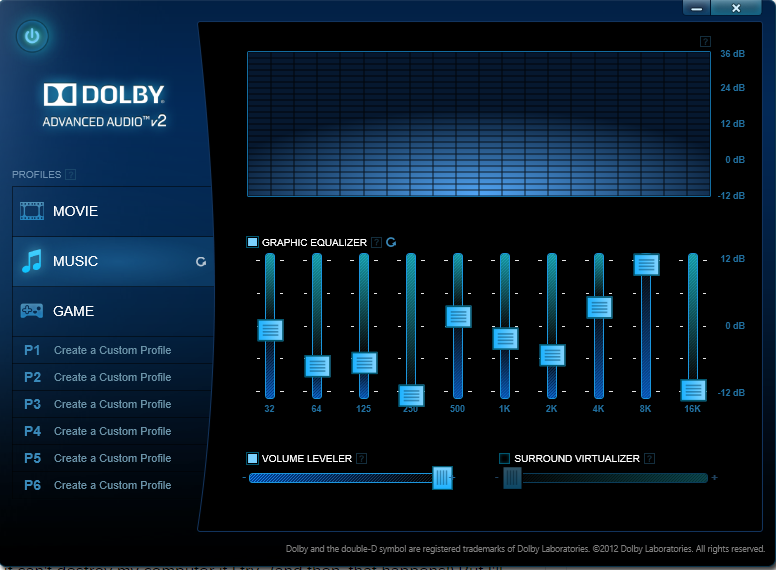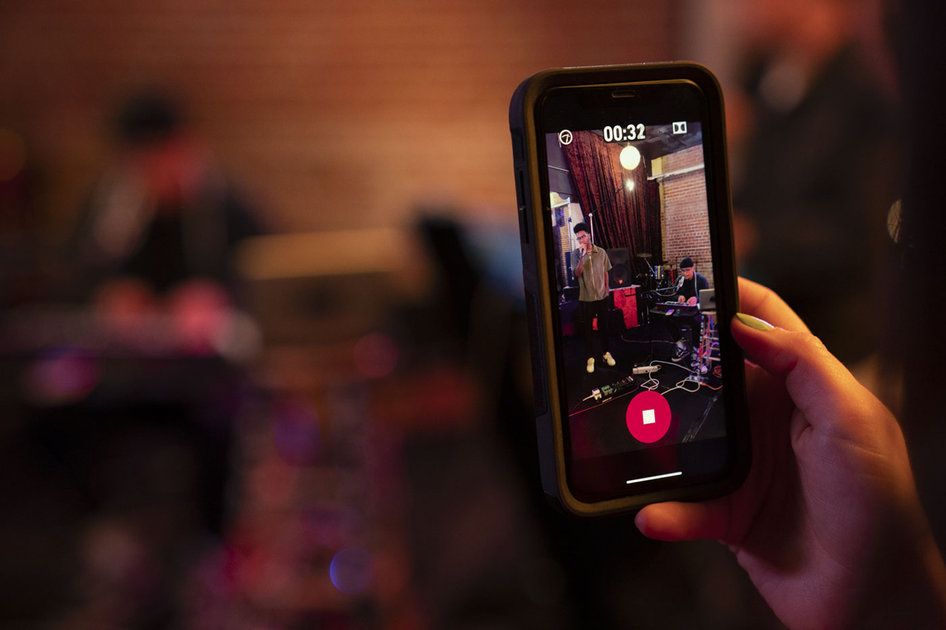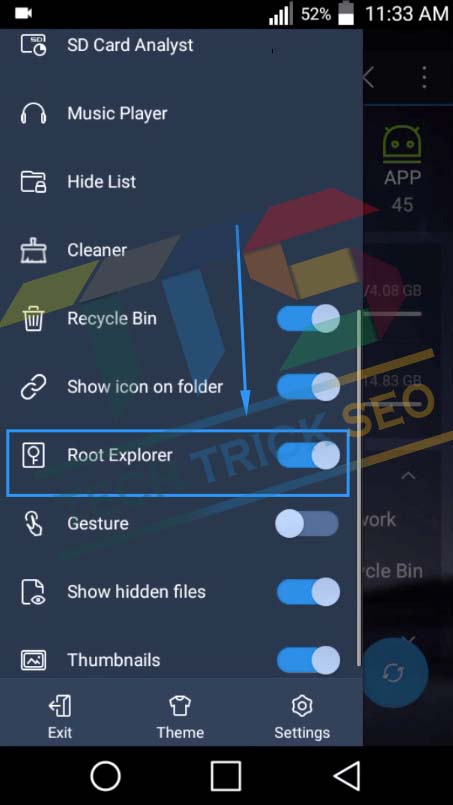We want consumers to have the best experience, and we’re doing everything we can to help innovate, simplify and guide the industry to better audio connectivity. HDMI and S/PDIF audio support in products is voluntary, not mandatory. Each manufacturer can choose what they want to support over each interface, and there’s no official testing protocols to ensure that products support all the latest formats and interoperate with each other.
Here are some of the top problems that we’ve seen and some of the reasons behind them.
- Install Dolby on Android without Root. Dolby and viper4android one of the best Audio mod in the Android Customization community for a long time. Those Mods offers to enhancement sound, also you can customize sound quality whatever you like to use. I think this is the best way to customize the sound of your Android device.
- This package provides Realtek Dolby Audio Driver(windows 10 version 1709/1803) and is supported on ideacentre AIO 330-20IGM and running the following Operating Systems: Windows 10 (64-bit).
Apr 25, 2019 Top 6 Ways to update Lenovo Ideapad 320 Dolby Audio Driver Driver USB last version, supported android 7, 8, 6, 9, 4, 10, 5. Lenovo Ideapad 320 Dolby Audio Driver Driver Free download Driver APK file in android version: KitKat, Q, Pie, Nougat, Oreo, Lollipop, Marshmallow, Lollipop.
Why am I not getting Dolby Digital from the S/PDIF output on my television/STB/etc.?
Dolby Audio Driver Download
Devices that have S/PDIF outputs will all support stereo PCM over S/PDIF. In this mode, they will decode the incoming audio to PCM, downmix it to stereo, and then output this stereo PCM using S/PDIF. Most devices should additionally support Dolby Digital stereo and 5.1-channel audio output as well. For those that do support it, there are two modes that the device has to support. One mode is to 'pass-through' the Dolby Digital audio from the input to the S/PDIF output. The other mode is to 'convert' the input audio (e.g. Dolby Digital Plus) to Dolby Digital before sending it to the S/PDIF output. In some cases (like AAC), the input audio is stereo so the device will just output that as stereo PCM.
Recommendation
Check the audio settings of your device to see if there is an option to select Dolby Digital audio output, and ensure that this option is enabled.
Why is my audio and video out of sync?
Decoding audio and video in devices requires some processing time, and each process introduces different time delays, or latencies, in each devices. When multiple devices are connected together in a chain, with each device decoding or processing audio and video, this latency can build up. Additionally, while each device can account for its own audio/video sync, it’s a much harder problem when the audio and video are played from different devices - e.g. video out of a television, audio out of a sound bar connected over HDMI ARC. Also, as devices have added new technologies like speaker virtualization and high-dynamic range video, the processing latency for these technologies has resulted in an overall increase in latency.

Dolby Audio Driver For Android Phones
The HDMI specification includes an auto-lip-sync parameter that is intended to address this problem. In an ideal world, each device in an HDMI chain is supposed to report its latency and effective lip sync delay (the difference between audio and video caused by these processing latencies), and the first device in the HDMI chain should compensate for all of the latency values reported by all of the downstream devices. For example, if I had a set top box connected to a television, and then a sound bar connected to that television over HDMI ARC, the set-top box box should compensate for the video latency of the television, and the audio delay of BOTH the television and the sound bar. This would guarantee that both the picture and sound were reproduced at the same time.
Unfortunately, sink devices today don’t typically include the HDMI auto-lip-sync parameter, and even if this parameter is made available, source devices don’t use that parameter when calculating audio/video sync.
Recommendation

Right now, if you are suffering from significant lip sync errors, your best bet is to put your home theater device in between your source device and your television until the industry figures out how to solve lip sync.

Why am I not getting Dolby Atmos to my home theater connected to my television using HDMI ARC?
As we talked about in Part 1, Dolby Atmos is supported in two codecs - Dolby TrueHD and Dolby Digital Plus. Before 2016, televisions only supported Dolby Digital over HDMI ARC and haven’t been upgraded to support Dolby Digital Plus passthrough. However, most recent televisions now support Dolby Digital Plus over HDMI ARC. Also, only the latest versions of some smart TV applications support Dolby Digital Plus, and these newer versions may not be available on older televisions. And lastly, some home theater devices don’t yet correctly advertise Dolby Atmos support over HDMI ARC, which means that a television cannot detect that a Dolby Atmos-capable device is connected.
HDMI ARC does not have enough data capacity to support the transmission of Dolby Atmos content that is encoded using Dolby TrueHD, which is the format used on Blu-ray Disc and UHD Blu-ray Disc. To support Dolby Atmos over HDMI ARC for Blu-ray Disc playback, a television has to decode Dolby TrueHD and transcode it to Dolby Digital Plus before output. Today, this feature is only supported in televisions that have native Dolby Atmos decoding.
Recommendations
Be patient. With the introduction of Dolby Atmos, 4K, Dolby Vision, and many other features, device makers have recognized that they have work to do in making products work together.
Dolby Audio Driver For Android Galaxy

Currently, one of the most reliable connection options is to connect your source device to your home theater system, and then connect your home theater system to your television, When choosing this connection option, look for home theater systems that support Dolby Vision passthrough to ensure that your system supports both the ultimate audio and video experience.
Always ensure that your TV and home theater system firmware has been updated to the latest version. Many manufacturers have released firmware updates that improve these issues, and many are working hard to make their 2018 products even better.
For recent devices (2017 or newer), contact your manufacturer, they may be working on the topic, and hearing directly from consumers is the best way to ensure they focus on addressing the most important problems!